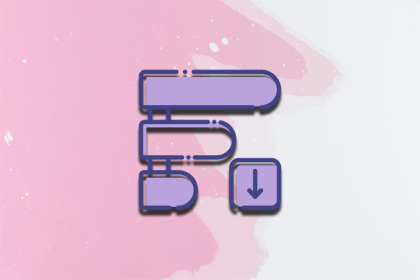
Prestige pricing targets customers who value quality and exclusivity, but it’s more than setting a high price.

Marketing integration refers to strategically aligning marketing channels to create a consistent brand experience.

The Pugh Selection Matrix is used to select the best solution out of multiple options and is useful for decisions involving several factors.

Customer sentiment is about understanding the customer. It delves into why customers behave the way they do and what matters to them.

The digital marketing funnel is a visual representation of the customer’s journey as it moves through online channels.

By ensuring you have a customer success strategy in place, your product is well on its way to being a hit.

A cumulative flow diagram is an advanced analytic tool that represents the stability of your workflow over time.

The acronym SDK stands for software development kit. It contains platform-specific tools to run and develop software.

The acronym AIDA stands for attention, interest, desire, and action. The AIDA model is a marketing funnel representing a customer’s journey.

Open-ended questions are queries that go beyond receiving a simple “yes” or “no” answer by requiring respondents to expand on their answers.

The goal of a business incubator is to turn a promising idea into a developing startup with a strong chance of success.

Hoshin Kanri is a strategic planning method for creating long-term goals that opens a path for continual improvement.